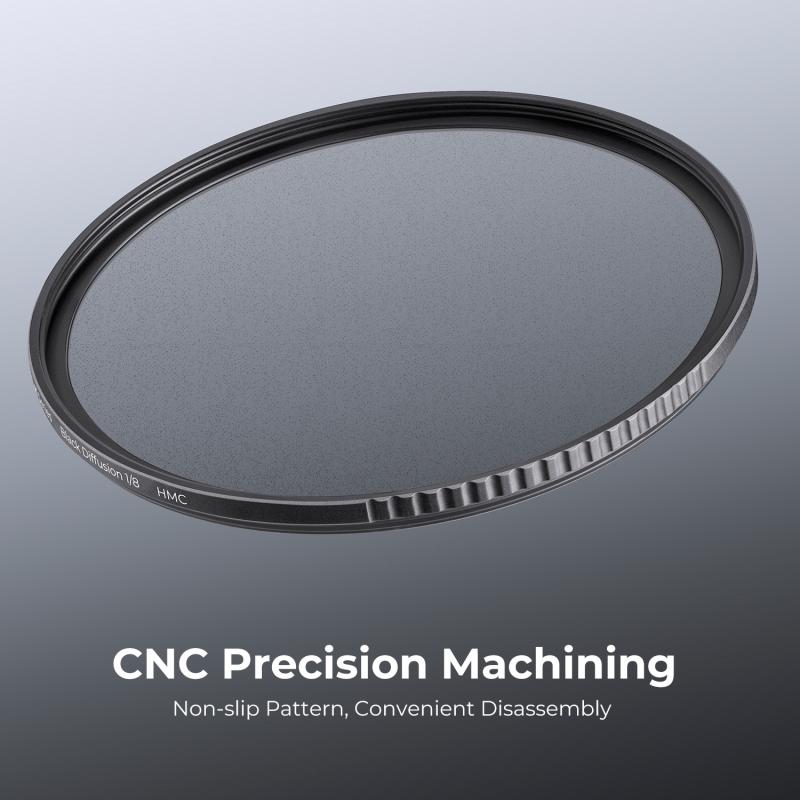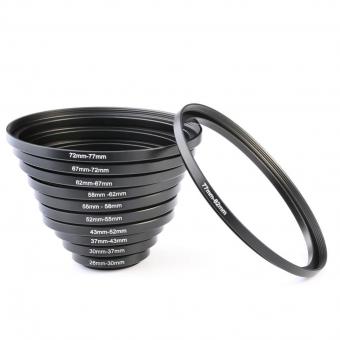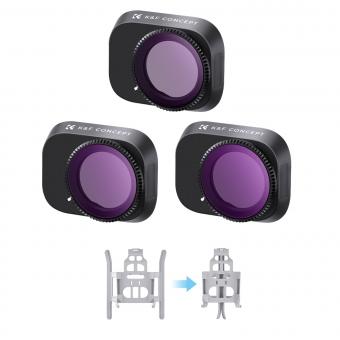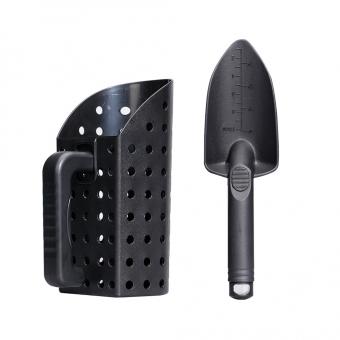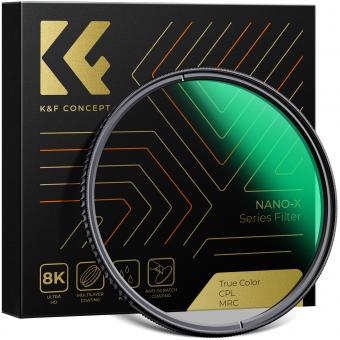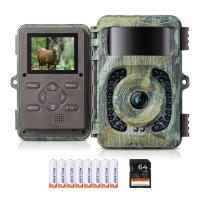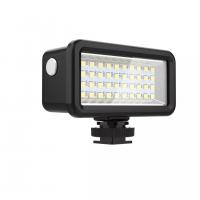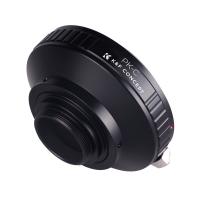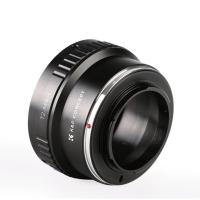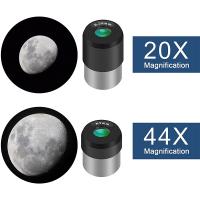How Do You Set Up A Microscope ?
To set up a microscope, first, place the microscope on a stable surface. Then, plug in the power cord and turn on the microscope. Adjust the eyepiece to your eye level and adjust the interpupillary distance if necessary. Next, place the specimen on the stage and secure it using the stage clips or slide holder. Use the coarse adjustment knob to bring the specimen into rough focus. Look through the eyepiece and use the fine adjustment knob to bring the specimen into sharp focus. Adjust the magnification by rotating the objective lenses. Finally, adjust the lighting by using the condenser and diaphragm controls to achieve optimal illumination.
1、 Assembling the microscope components for proper functionality
Assembling the microscope components for proper functionality is the first step in setting up a microscope. To begin, carefully unpack all the components of the microscope, including the base, arm, stage, eyepiece, objectives, and condenser. It is important to handle the components with care to avoid any damage.
Start by attaching the arm to the base of the microscope. Ensure that it is securely fastened to provide stability. Next, attach the stage to the arm, making sure it is level and properly aligned. The stage is where the specimen will be placed for observation.
After attaching the stage, insert the objectives into the revolving nosepiece. The objectives are responsible for magnifying the specimen. Choose the appropriate objective based on the desired level of magnification.
Once the objectives are in place, insert the eyepiece into the top of the microscope tube. The eyepiece is where the observer looks through to view the specimen. Adjust the eyepiece to the desired height and angle for comfortable viewing.
Finally, adjust the condenser, which is located beneath the stage. The condenser helps focus the light onto the specimen. Adjust the condenser height and aperture to optimize the illumination.
It is important to consult the microscope's user manual for specific instructions as different microscope models may have slight variations in their setup process.
In recent years, advancements in microscope technology have led to the development of digital microscopes. These microscopes often come with additional components such as a camera or a digital display. Setting up a digital microscope involves connecting these components and configuring the necessary software for image capture and analysis.
Overall, setting up a microscope involves carefully assembling the components to ensure proper functionality and optimal viewing conditions.

2、 Adjusting the focus and magnification settings for optimal viewing
To set up a microscope, you need to follow a few steps to ensure optimal viewing and accurate results. Here is a step-by-step guide on how to set up a microscope:
1. Start by placing the microscope on a stable and level surface. Ensure that it is positioned in a well-lit area to provide adequate illumination for your observations.
2. Next, plug in the microscope and turn on the light source. Adjust the intensity of the light to a comfortable level for viewing.
3. Place a clean glass slide on the stage of the microscope. If you are using a prepared slide, skip this step.
4. Adjust the stage controls to center the slide under the objective lens. Use the mechanical stage knobs to move the slide horizontally and vertically until the area of interest is in the center of the field of view.
5. Begin with the lowest magnification objective lens (usually 4x or 10x) and lower it close to the slide. Use the coarse focus knob to bring the specimen into rough focus.
6. Look through the eyepiece and slowly turn the fine focus knob to bring the specimen into sharp focus. Adjust the interpupillary distance and diopter settings if necessary to ensure a clear image.
7. Once you have achieved a clear image, you can switch to higher magnification objective lenses (such as 40x or 100x) by rotating the nosepiece. Repeat the focusing process using the fine focus knob for each objective lens.
8. To enhance the contrast and visibility of the specimen, you can adjust the condenser and diaphragm settings. The condenser controls the amount of light passing through the specimen, while the diaphragm adjusts the intensity of the light.
9. Finally, make any necessary adjustments to the focus and magnification settings for optimal viewing. This may involve fine-tuning the focus using the fine focus knob or adjusting the magnification level to observe different details.
It is important to note that the specific steps for setting up a microscope may vary depending on the model and manufacturer. Therefore, it is always recommended to consult the microscope's user manual for detailed instructions.
In recent years, advancements in microscope technology have led to the development of digital microscopes. These microscopes often come with built-in cameras or can be connected to external cameras or computers. This allows for real-time viewing and capturing of images or videos, making it easier to share observations and collaborate with others. Additionally, some digital microscopes offer advanced features such as image analysis software, which can assist in measurements and data analysis.
Overall, setting up a microscope involves adjusting the focus and magnification settings for optimal viewing. With the latest advancements in technology, microscopes have become more user-friendly and offer enhanced capabilities for scientific research, education, and various other applications.
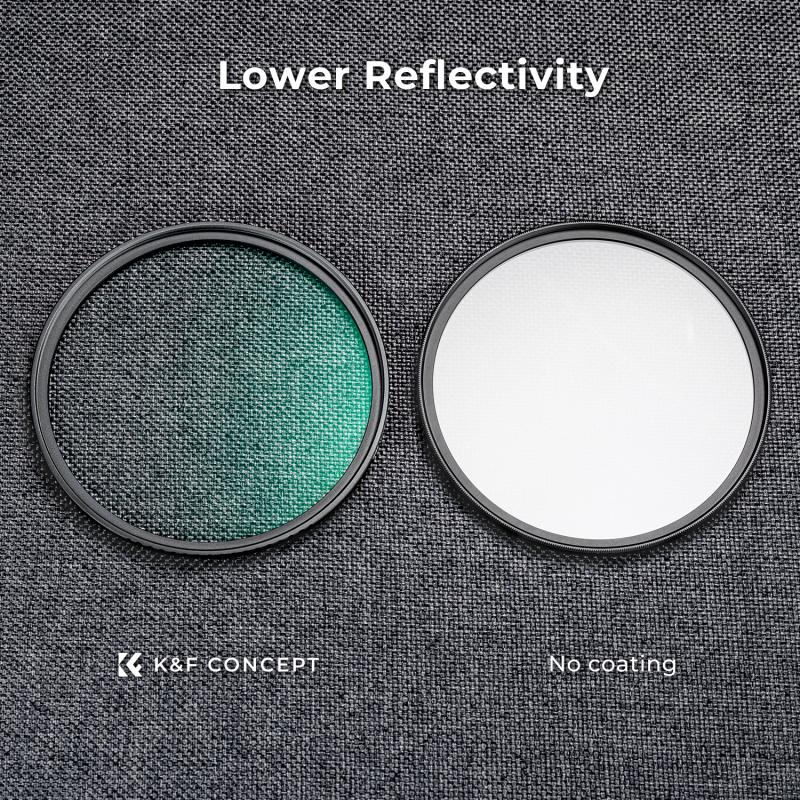
3、 Preparing the specimen for observation on the microscope slide
Setting up a microscope involves several steps to ensure accurate and clear observations. The first step is to choose the appropriate microscope for the task at hand. There are various types of microscopes, such as compound microscopes, stereo microscopes, and electron microscopes, each with its own specific purpose and capabilities.
Once the microscope is selected, the next step is to prepare the specimen for observation on the microscope slide. This involves several important procedures. First, the specimen needs to be collected and preserved properly to maintain its integrity. This may involve fixing the specimen with chemicals or freezing it, depending on the nature of the sample.
After preservation, the specimen is typically placed on a microscope slide. To do this, a small drop of liquid, such as water or a specialized mounting medium, is placed on the slide. The specimen is then carefully transferred onto the slide and positioned in the desired location. It is important to handle the specimen with care to avoid damaging it or introducing artifacts that could affect the observation.
Once the specimen is on the slide, a cover slip is placed over it. The cover slip helps to protect the specimen and prevent it from drying out. It is important to ensure that the cover slip is placed gently and evenly to avoid trapping air bubbles, which can interfere with the observation.
Finally, the prepared slide is ready to be placed on the microscope stage. The slide is carefully positioned on the stage, and the objective lens is selected based on the desired magnification. The microscope is then focused using the coarse and fine adjustment knobs until the specimen comes into clear view.
In recent years, advancements in microscopy technology have led to the development of more sophisticated techniques. For example, fluorescence microscopy allows for the visualization of specific molecules or structures within the specimen by using fluorescent dyes or proteins. Additionally, confocal microscopy provides three-dimensional imaging by using a laser to scan through the specimen at different depths.
In conclusion, setting up a microscope involves selecting the appropriate microscope, preparing the specimen for observation on the microscope slide, and ensuring proper focus. With the latest advancements in microscopy, researchers now have access to a wide range of techniques that enable them to explore the microscopic world with greater precision and detail.

4、 Properly positioning the slide on the microscope stage
Properly positioning the slide on the microscope stage is a crucial step in setting up a microscope. This ensures that the specimen is in focus and allows for accurate observation and analysis. To achieve this, follow these steps:
1. Start by cleaning the microscope stage and slide. Use a lens paper or a soft cloth to remove any dust or debris that may affect the clarity of the image.
2. Place the slide on the stage, making sure it is centered. Some microscopes have stage clips or holders to secure the slide in place. Gently lower the slide onto the stage, ensuring it is level and not tilted.
3. Adjust the stage height using the coarse and fine focus knobs. The objective lens should be close to the slide but not touching it. Begin with the lowest magnification objective lens and gradually increase the magnification as needed.
4. Use the mechanical stage controls, if available, to move the slide horizontally or vertically. This allows for precise positioning of the specimen under the objective lens.
5. Once the slide is in position, look through the eyepiece and adjust the focus using the coarse and fine focus knobs. Start with the coarse focus knob to bring the specimen into view, then use the fine focus knob to sharpen the image.
It is important to note that the latest advancements in microscope technology have introduced automated features, such as motorized stages and autofocus systems. These advancements simplify the process of setting up a microscope by automating the positioning and focusing of the slide. However, the basic principles of properly positioning the slide on the microscope stage remain the same.
